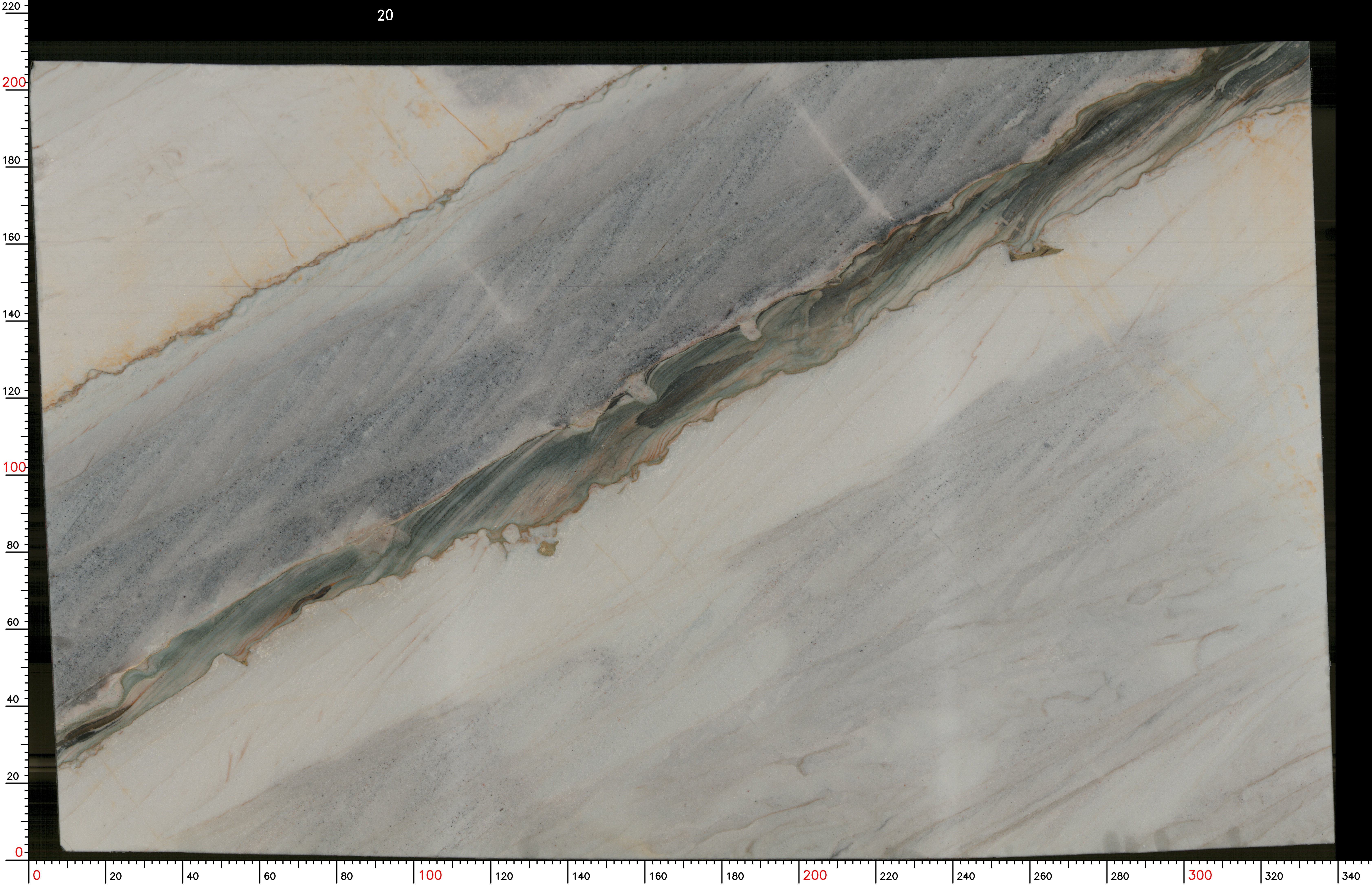Patagonia Stone Slab: A Complete Guide for Home Renovations
Patagonia Stone Slab has become a sought-after material for homeowners looking to blend natural beauty with lasting durability in their renovation projects. Quarried from the rugged, mineral-rich landscapes of Patagonia—a region stretching across Argentina and Chile—this natural stone carries the unique 印记 of its origins: bold patterns, rich colors, and a strength forged by millions of years of geological activity. Whether you’re updating a kitchen, designing a bathroom retreat, or adding outdoor features, understanding Patagonia Stone Slab’s traits, uses, and care can help you make the most of this exceptional material. Here’s everything you need to know to incorporate it into your next renovation.
What Is Patagonia Stone Slab?
Patagonia Stone Slab refers to natural stone slabs sourced from the Patagonia region, known for its dramatic terrain shaped by volcanoes, glaciers, and tectonic forces. While it often includes granite (due to the region’s abundance of quartz and feldspar), the term can encompass other dense, durable stones formed in the area’s unique geological conditions. What unites all Patagonia Stone Slabs is their formation: slow compression of minerals deep underground, creating a dense, hard material with distinctive visual patterns.
Unlike generic stone slabs, Patagonia Stone Slab stands out for its natural uniqueness. Each slab features one-of-a-kind color variations and textures, from dark, stormy backgrounds with bright mineral veins to earthy tones with subtle, wispy patterns. This individuality makes it a favorite for homeowners who want their spaces to feel personal and distinctive, rather than mass-produced.
Key Traits of Patagonia Stone Slab
Patagonia Stone Slab’s popularity stems from a combination of aesthetic and practical traits that make it ideal for home renovations. Here are its most notable features:
Striking Visual Appeal
Patagonia Stone Slab’s appearance is its most immediate draw. Most slabs showcase a dark base—think deep grays, charcoal, or rich browns—accented by veins or flecks of contrasting colors: white, silver, gold, or even hints of blue or green. These patterns are entirely natural, formed by mineral deposits during the stone’s creation. Some slabs have bold, sweeping veins that resemble lightning or river currents, while others have a more scattered, star-like texture from mica or quartz crystals. This variety means there’s a Patagonia Stone Slab to suit every design style, from modern to rustic.
Exceptional Durability
Patagonia Stone Slab is prized for its strength, making it perfect for high-traffic areas. With a Mohs hardness rating of 6–7 (where diamonds rank 10), it resists scratches from everyday use—even from knives, keys, or heavy cookware. It also handles heat exceptionally well, so placing a hot pot or pan directly on the surface won’t cause warping or discoloration (though using a trivet is still a good habit to protect the finish). Unlike softer stones like marble, which etch easily from acidic spills, Patagonia Stone Slab is more resistant to stains, especially when properly sealed.
Versatile Finishes
Patagonia Stone Slab can be finished in several ways to match your renovation’s style and needs:
- Polished: A shiny, reflective finish that enhances the stone’s color and makes mineral flecks sparkle. It’s sleek and modern, ideal for kitchens or bathrooms where you want a high-end look.
- Honed: A matte, smooth finish that reduces glare and gives the stone a more understated, organic feel. It works well in traditional or rustic spaces and hides water spots better than polished finishes.
- Leathered: A textured finish with a soft, bumpy surface that adds grip and hides scratches. It’s perfect for outdoor areas or family-friendly spaces, as it’s both durable and low-maintenance.
Each finish preserves the stone’s natural strength, so your choice depends mainly on aesthetics and lifestyle.

Best Uses for Patagonia Stone Slab in Renovations
Patagonia Stone Slab’s versatility makes it suitable for nearly any area of the home, adding both beauty and functionality. Here are the top ways to use it:
Kitchen Countertops
The kitchen is a hub of activity, and Patagonia Stone Slab countertops rise to the challenge. Its durability stands up to daily cooking, chopping, and spills, while its striking patterns become a focal point. A polished dark slab with white veins pairs stunningly with white or light wood cabinets, creating a bright, modern contrast. For a cozier look, a honed brown Patagonia Stone Slab complements warm-toned cabinetry and brass hardware. Its heat resistance means you can transition seamlessly from stovetop to countertop, and its stain resistance simplifies cleanup after meals.
Bathroom Vanities & Showers
In bathroom renovations, Patagonia Stone Slab adds luxury and practicality. A vanity topped with a sleek, polished slab elevates the space, while its resistance to water and humidity makes it ideal for daily use. For showers, large-format Patagonia Stone Slab tiles create a seamless, spa-like look. The stone’s natural texture provides traction, reducing slips, and its density prevents water damage or mold growth. Pair it with neutral tiles or glass enclosures to let the stone’s pattern shine.
Fireplace Surrounds
A Patagonia Stone Slab fireplace surround transforms a living room into a cozy gathering spot. Its dark tones complement the warmth of a fire, while its heat resistance ensures it holds up to years of use. A polished slab with bold veins becomes a dramatic focal point, while a honed finish adds rustic charm. Whether your style is modern, traditional, or industrial, the stone’s natural beauty enhances the fireplace’s role as a room centerpiece.
Outdoor Spaces
Patagonia Stone Slab thrives in covered outdoor areas, such as patios, outdoor kitchens, or poolside features. Its resistance to UV rays prevents fading, and proper sealing protects it from light rain and humidity. Use it for outdoor countertops, dining tables, or even as a decorative wall. Its rugged, natural look blends seamlessly with gardens, decks, or stone pathways, creating an extension of your indoor style that’s built to last.
Accent Walls & Flooring
For a bold renovation statement, use Patagonia Stone Slab as an accent wall in entryways, dining rooms, or bedrooms. Large slabs create a seamless, dramatic backdrop, while smaller tiles can form intricate patterns. As flooring, a honed or leathered Patagonia Stone Slab adds texture and elegance, with its durability standing up to foot traffic. Its natural colors hide dust and scuffs, making it a practical choice for high-traffic areas.
How to Choose the Right Patagonia Stone Slab
Selecting the perfect Patagonia Stone Slab requires careful consideration to ensure it fits your space and renovation goals. Here’s what to keep in mind:
Inspect Slabs In Person
Never choose a Patagonia Stone Slab based solely on photos or small samples. Visit a stone yard to view the full slab, as patterns and colors can vary dramatically. Look for:
- Pattern Flow: Check how veins or flecks move across the slab. Choose a pattern that feels cohesive—subtle for small rooms, bold for larger spaces. Avoid slabs with abrupt, jarring color shifts.
- Flaws: Examine the surface for cracks, chips, or large pores. Small, natural pits are normal, but deep cracks or uneven edges can weaken the slab over time.
- Size: Ensure the slab is large enough for your project. Standard slabs are typically 9–10 feet long and 5–6 feet wide, but larger slabs are available for islands or accent walls.
Consider Thickness
Patagonia Stone Slab comes in two common thicknesses:
- 2 cm (¾ inch): Suitable for smaller areas like bathroom vanities or backsplashes. It’s lighter and more affordable but may need plywood backing for support.
- 3 cm (1¼ inches): Best for kitchen countertops, islands, and fireplace surrounds. It’s sturdier, doesn’t require backing, and has a more substantial, high-end look. Most homeowners prefer 3 cm for larger, high-use spaces.
Match Your Style
Patagonia Stone Slab’s versatility means it works with many design styles:
- Modern: Pair a polished dark slab with white cabinets, stainless steel appliances, and minimal decor.
- Traditional: Use a honed brown or beige slab with dark wood cabinets and brass fixtures.
- Rustic/Industrial: Opt for a leathered finish with bold veins, paired with reclaimed wood or metal accents.
Bring samples of your cabinet color, paint, or tile to the stone yard to ensure the slab complements your existing decor.
Installation & Maintenance Tips
Proper installation and care are key to ensuring your Patagonia Stone Slab lasts for decades.
Installation
- Hire Professionals: Patagonia Stone Slab is heavy and brittle, so installation should be done by experienced stone installers. Look for professionals with a portfolio of natural stone projects and ask for references.
- Prepare Supports: Cabinets or surfaces must bear the slab’s weight (3 cm slabs weigh 18–20 pounds per square foot). Installers may add plywood backing or braces to reinforce weak areas.
- Seal After Installation: Most installers apply a sealer to protect against stains. Ask for a water-based sealer, which is eco-friendly and easy to reapply later. Let the sealer cure for 24–48 hours before use.
Maintenance
- Daily Cleaning: Wipe up spills immediately with a soft cloth and warm, soapy water. Avoid acidic cleaners (vinegar, lemon, ammonia) as they can dull the finish. Use a mild, pH-neutral cleaner for routine upkeep.
- Regular Sealing: Reseal every 12–18 months (more often in wet areas). Test by dropping water on the surface—if it soaks in, it’s time to reseal.
- Prevent Damage: Use cutting boards, trivets under hot items, and avoid standing on countertops to prevent cracks.
FAQ
Is Patagonia Stone Slab expensive?
It’s mid-to-high range, with prices ranging from $75–$140 per square foot (including installation). Costs depend on size, thickness, and finish, but its durability makes it a long-term investment.
Can it be used outdoors in rainy climates?
Yes, but only in covered areas (patios, outdoor kitchens). Uncovered exposure to constant rain can lead to mold or discoloration, even with sealing.
How does it compare to quartz?
Patagonia Stone Slab is natural, unique, and more heat-resistant than quartz (man-made). Quartz is more uniform but lacks the stone’s natural character.
Is it suitable for homes with kids or pets?
Absolutely. Its durability resists scratches and stains, and its dark color hides crumbs or pet hair well.
How long does Patagonia Stone Slab last?
With proper care, it can last 50+ years—making it one of the most durable materials for home renovations.

